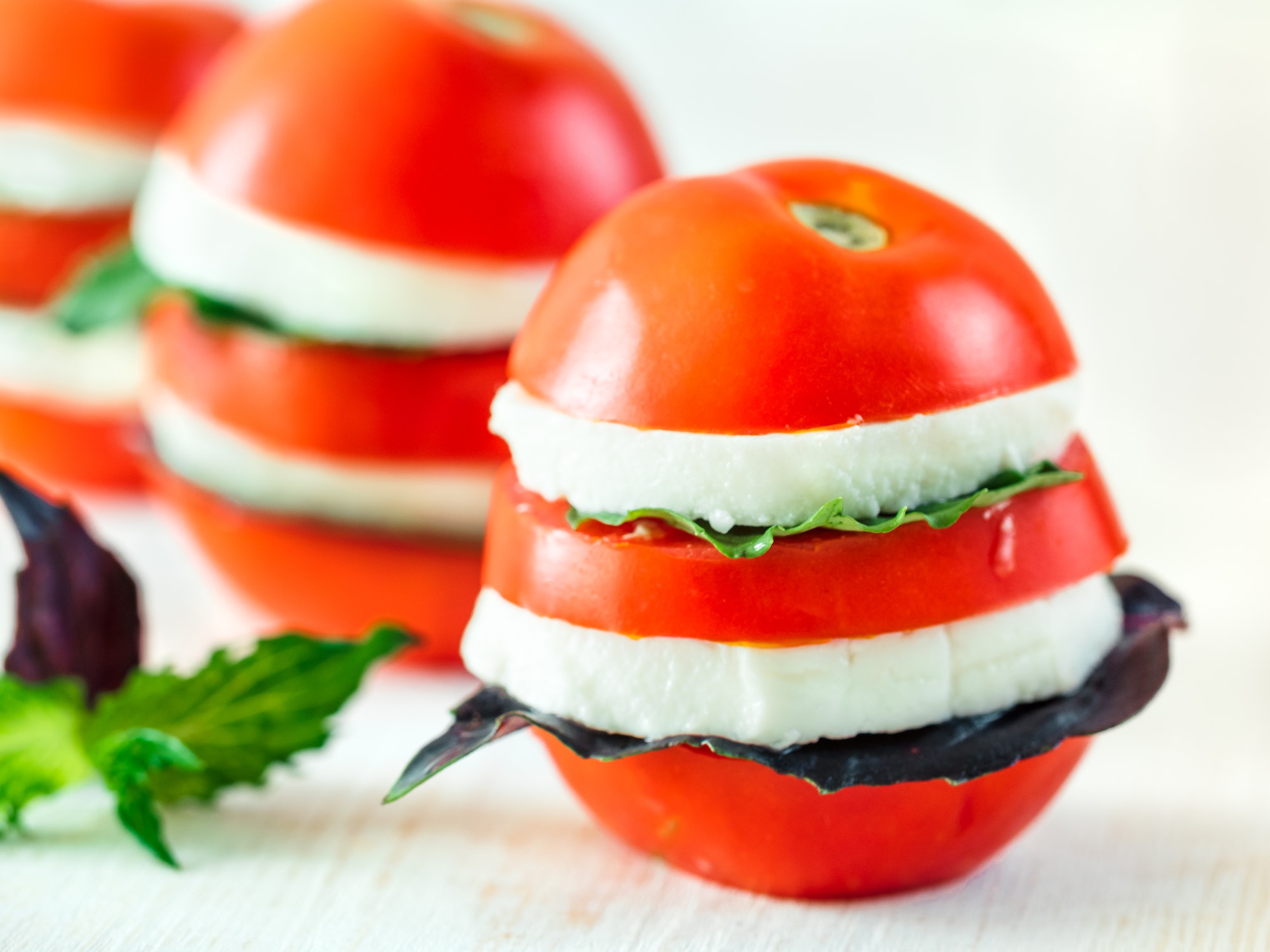Creating height and dimension in your main courses is an essential aspect of artful plating. Layering ingredients not only adds visual appeal but also enhances the overall dining experience. This article will explore various techniques and tips for creating height and dimension in main course dishes, transforming them into gourmet masterpieces.
The Importance of Height and Dimension
Height and dimension on a plate create visual interest, making the dish more appealing to the eye. By layering ingredients and utilizing different textures, you can create a dynamic presentation that will entice your guests to explore their meal further.
Additionally, layering ingredients can help enhance the flavors of your dish. When you stack complementary flavors on top of each other, they have a chance to meld together, creating a more harmonious taste experience.
Techniques for Layering Ingredients
- Stacking: The most straightforward method for creating height is stacking ingredients on top of each other. Start with a solid base, such as a piece of protein or a vegetable, and build up from there. You can use garnishes like fresh herbs or edible flowers to add an extra layer of visual interest.
- Slicing and Shaping: To add dimension, try slicing your ingredients into interesting shapes or using cookie cutters for a more uniform look. This technique not only adds visual appeal but also allows for easier stacking.
- Using Molds: Molds are excellent tools for creating height and dimension on a plate. You can use ring molds or other shapes to layer ingredients like rice, vegetables, or even proteins. Once you’ve filled the mold with your desired layers, gently remove it to reveal a beautifully shaped tower of ingredients.
- Sauces and Purees: Sauces and purees can be used to create contrast on the plate and add an extra layer of flavor. You can either pool the sauce around your main ingredients or use a squeeze bottle to create precise designs.
- Foams and Airs: If you’re looking to add a touch of molecular gastronomy to your plating, consider incorporating foams or airs. These light, airy textures can add height and an interesting visual element to your dish.
Tips for Successful Layering
- Choose complementary flavors and textures when layering ingredients. Think about how each component will taste together and whether the combination will enhance or detract from the overall dish.
- Balance is key when creating height and dimension on a plate. Be careful not to create a tower that is too tall or unstable, as it may topple over and ruin your presentation.
- Consider the size of your plate when plating your main course. A larger plate will give you more room to work with, allowing you to create more intricate designs and incorporate additional elements like sauces or garnishes.
- Practice makes perfect. Experiment with different techniques and ingredients to find the best combinations for your dishes. As you become more comfortable with layering, you’ll be able to create more elaborate presentations with ease.
In conclusion, layering ingredients in your main courses is an essential aspect of artful plating. By incorporating different techniques and paying attention to balance, you can create stunning presentations that elevate your dishes from ordinary to gourmet masterpieces. With practice and creativity, you’ll be able to impress your guests with visually appealing, delicious main courses that showcase your culinary skills.

